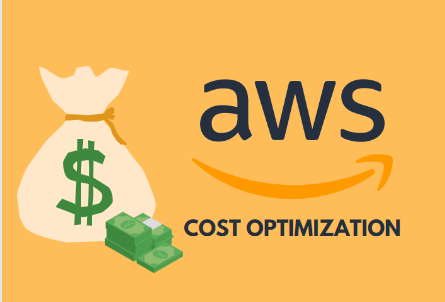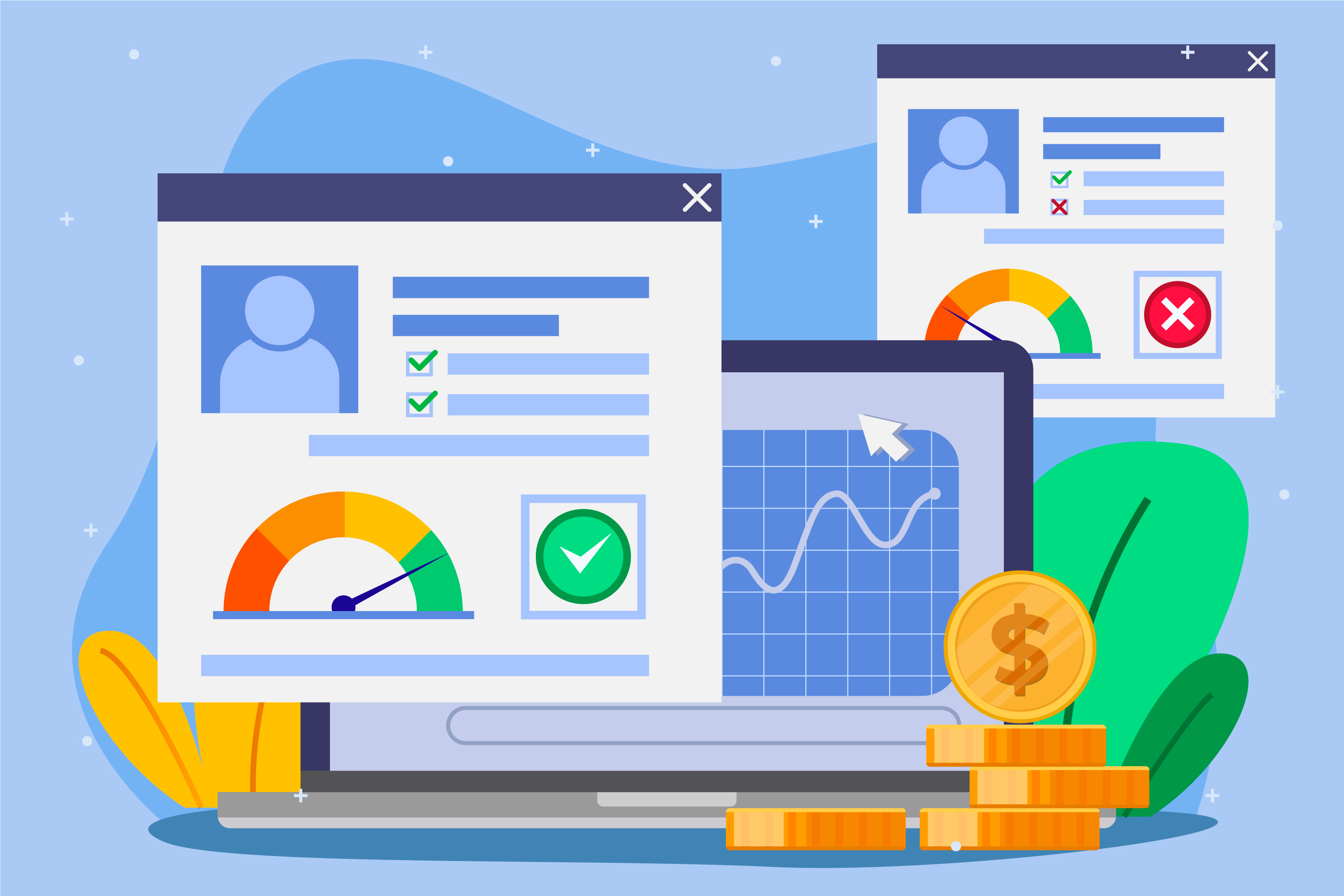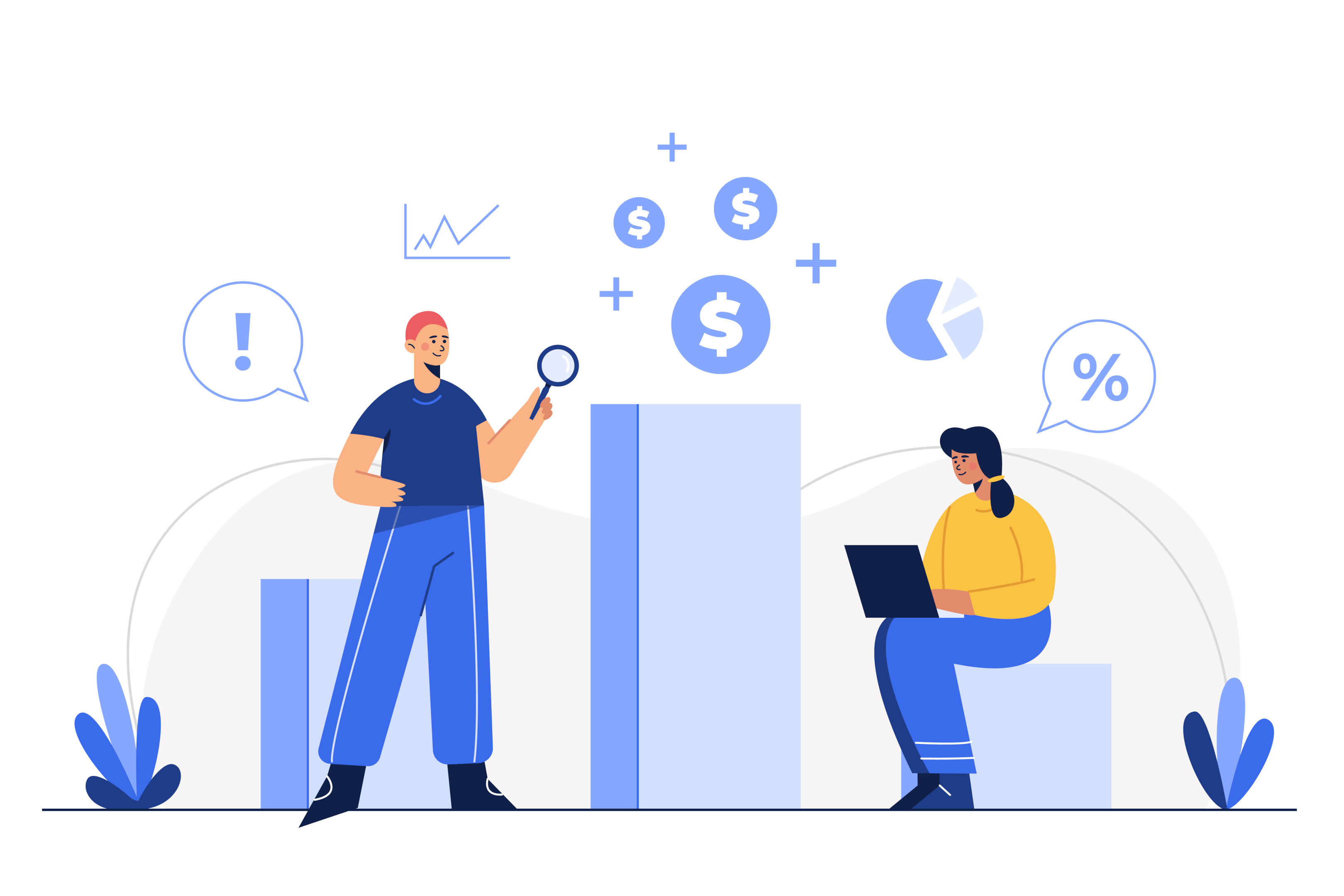When it comes to Amazon Web Servers, you must have heard about the numerous advantages that it provides especially compared to the typical infrastructure stages from buying, maintaining, to securing your business with the help of different teams on different rates. Instead, it offers scalable architecture and flexible features that can result in a few uncontrolled expenses.
Since AWS cost are usually difficult to detect and fairly opaque, it could be the cause of dent on your profit margins and without the help of a proper platform, it is daunting to determine the root of all costs and different cost reduction techniques.
Fret not! AWS provides with a number of different tools that have helped organizations over the years to systematize, manager, and optimize costs automatically. Read more to know some of the best AWS cost optimization best practices and tools.
Why are AWS Costs so High?

Most business owners are often stuck in the dilemma of integrating AWS cloud management structure into their system, just because of its extravagant pricing models. Since AWS cloud offers you more than 200 services and all their resources vary in features which will eventually result in unpredictable price range and mismanagement.
Here are a few reasons behind increased AWS cost:
You are paying for instances you don't actually need while using services like Amazon EC2 since compute instances there are under-utilized.
Inactive EBS volumes, snapshots, load balancers, or other resources are still costing money even when they are not being used.
When they are applicable, spot instances or reserved instances are not used; these instances can offer savings of 50% to 90%.
Savings Plans are not used; nonetheless, by agreeing to a minimum overall AWS spend, they can help you reduce computing costs.
Auto scaling is either not used or is not effective; for instance, if demand rises the scale increase unnecessarily.
To get through the burden of high cost and reduce AWS costs, you should implement AWS cost optimization techniques and AWS cost optimization tools.
What Is AWS Cost Optimization?

The most popular cloud computing platform in the world, Amazon Web Services (AWS), offers hundreds of services in the areas of calculate, networking, storage, and platform as a service (PaaS), including managed databases and container orchestration.
Since it is an ongoing process, ensuring monitoring and evaluating your consumption, finding areas for cost-savings, and taking the suggested measures are all part of optimizing AWS expenses.
Since the majority of Amazon services rely on EC2's cost management capabilities, the price of EC2 instances is certainly a major contributor to your AWS costs. Many optimization techniques focus on lowering the price of EC2 instances, such as by switching from on-demand pricing to cheaper facilitate the identification or reserved instances, or by implementing savings plans that can minimize costs throughout your Amazon account.
What Are Some AWS Design Principles That Enable Cost Optimization?

In order to employ cost effective solution, here are some of the AWS cost optimization principles to maintain your overall cloud costs:
Leverage Cloud Financial Management (CFM)
Utilizing the cloud demands a cost optimization strategy. It also entails hiring qualified individuals who can develop affordable cloud-native solutions.
Including engineers in cloud cost ownership, as opposed to only the finance team, is a practical way to deploy CFM. Engineers with the authority to continuously make cost-conscious development decisions can find a technical solution to the issue of shrinking margins.
Pay-As-You-Go!
Depending on demand, you may adjust your employ resources with AWS cost optimization. For instance, if your app experiences heavy traffic in the morning and light traffic in the afternoon, you can save money by utilizing fewer resources during these "off-peak hours". Remember that whether or not you use an EC2 instance, you will be charged per hour.
Embrace Managed Services
The public cloud can take the role of the requirement to purchase expensive hardware, engineering skills, perform necessary maintenance, and handle other administrative duties of a physical data center. Your engineers would have more time to work on the code of your app rather than the infrastructure.
Track, Analyze, and Attribute Expenditure Right
Through AWS cloud infrastructure, you to track the workload usage by AWS usage management. Our recommendation is to stay ahead and monitor your cloud costs in terms of total revenue, consumers, resources, and cloud workloads. This way you can calculate the return on investment more efficiently.
You can find ways to reduce cloud costs without jeopardizing the performance of your service, which could negatively impact actual business outcomes, by knowing how much you spend on each client and how much each deployment and testing project costs for cost management.
Track Efficiency
Cost optimization efforts should be trackable, and the results should be relevant to real business results. To do this, you must quantify the standard expenses associated with completing specific workloads. You may accomplish this by tracking the inputs and outputs of the cloud over time.
In order to evaluate if expenses are increasing, decreasing, or staying the same, compare the results with future data. You can utilize the information you gathered to optimize other workloads after determining what actions caused the change.
These AWS cost-optimization design pillars offer a starting point for lowering your expenses. implementing AWS cost optimization strategies should come next.
AWS Cloud Cost Optimization Pillars
Here are five cost optimization pillars you can apply to initiate cost effective environments:
Right Size
When it comes to AWS resources, it should be in parallel with your requirements and needs. For instance, you should have proper storage tiers, network capabilities, memory, and central processing unit compatible to your computing needs.
Increase Elasticity
Traditionally, IT hardware is rarely turned off. The cloud model enables you to optimize costs to meet dynamic needs, turning resources off when you no longer need them.
Leverage the Right Pricing Model
Offering several AWS pricing models, such as spot instances, reserved instances, and on-demand pricing. Your chosen pricing strategy should enable you to adjust charges to the demands of your workload. For predictable workloads, for instance, reserved instances are excellent.
Optimize Storage
AWS has various storage tiers, each of which delivers a different level of performance for a different price. By choosing the best location for particular data types, you may reduce storage requirements while maintaining the necessary performance and availability. For instance, Amazon EBS Throughput Optimized HDD, which is less expensive than General Purpose SSD, can be used for applications with lesser performance needs.
Calculate, Track, and Improve
Because cloud settings are dynamic, you must set up metrics and keep an eye on them to ensure precise visibility and ongoing cost reduction. By establishing and implementing cost allocation tags, you can put this up. Define metrics, establish precise goals, and conduct routine data reviews. Assign optimization duties to specific people or teams and use training, visualization, and incentives to assist teams in designing for cost.
AWS Cost Management Tools

Following some of the major AWS cost optimization tools that you can get free from Amazon:
Billing and Cost Management Console
You may view AWS service costs, usage, and return on investment (ROI) using the Cost Explorer interface. You may forecast your future spending using the interface, which shows data for the last 13 months. The tool allows you to build personalized views that may be used to analyze your AWS resources in more detail and pinpoint potential areas for improvement. The AWS Cost Explorer also offers an API, allowing you to retrieve data using the analytics solution you already have.
AWS Budgets
You may establish and enforce budgets for each AWS service with the aid of AWS Budgets. You can get alerts or emails from the Simple Notification Service when budgets are met or exceeded (SNS). A budget can be linked to specific data points, such as data usage or the number of occurrences, or you can specify an overall cost budget. The tool offers dashboard views that show how each service is used in relation to its budget, much to those produced by the Cost Explorer.
AWS Pricing Calculator
You may calculate the cost of use cases on AWS using the AWS Pricing Calculator. You can use it to create monthly cost projections for each region served by a specific service. You can examine pricing options and calculations for your estimate, model a solution before implementing it, and identify instance kinds and contract terms that satisfy your needs. This can assist you in planning your AWS consumption and prices as well as estimating the costs of establishing a new set of on demand instances and services.





